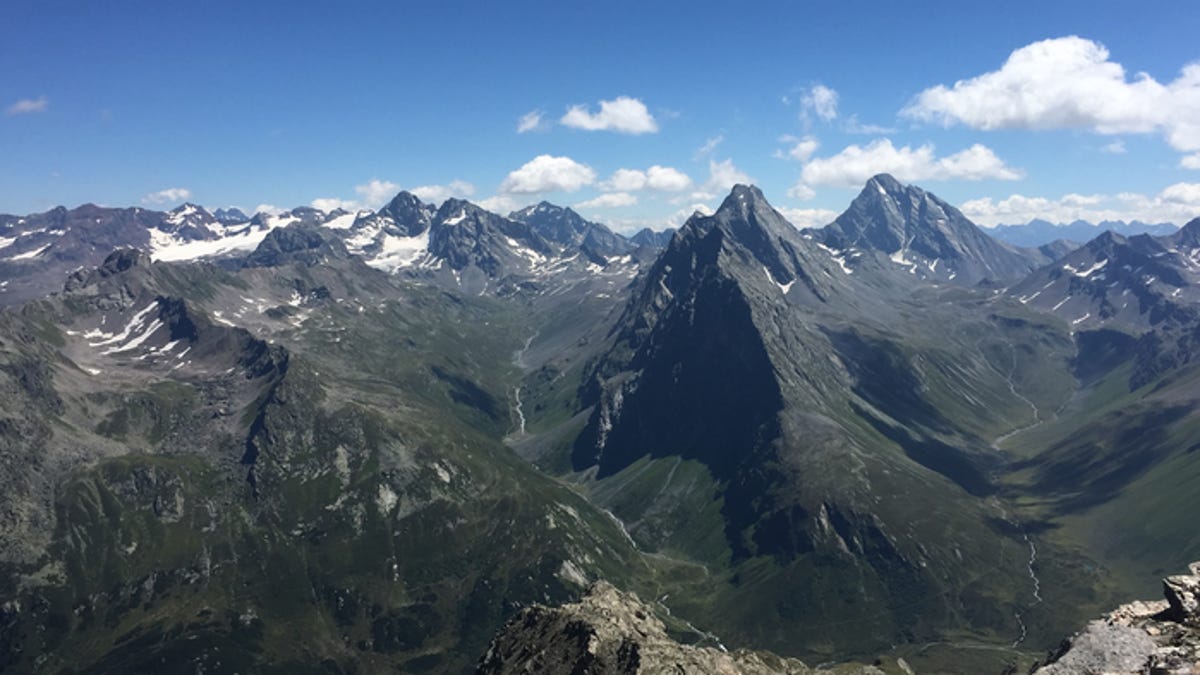Satellite Data Shows Global Warming Turning the Alps From White to Green
The mountain range famous for its snowcapped peaks has been developing a blanket of vegetation.

View of the Swiss Alps, from Pischahorn toward the summits of Plattenhörner.
A comprehensive satellite imagery study spanning 38 years -- between 1984 and 2021 -- has shone a grim spotlight on the immense consequences of climate change on Europe's beloved Alps.
Not only have these mountains' snow caps visibly melted over the years, but the range has also been rapidly "greening," or growing a shocking amount of vegetation due to factors that directly correlate with global warming, a phenomenon primarily exacerbated by human activities such as burning coal.
The paper, published Thursday in the journal Science, includes the phrase "From White to Green" in its title.
As the globe heats up and rainfall increases -- both of which are results of the climate crisis -- plants are starting to colonize areas they're not really supposed to be in. Such intrusion leads to denser and taller vegetation in surprising areas, akin to the situation with the Alps.
"Alpine plants are adapted to harsh conditions, but they're not very competitive," Sabine Rumpf of the University of Basel and lead author of the study, said in a statement. As environmental conditions change, these specialized species lose their advantage and are outcompeted, she added. "The unique biodiversity of the Alps is therefore under considerable pressure."
You might be thinking this sort of extra greenery sounds like a positive thing. After all, vegetation is priceless to planet Earth. Well, that's not necessarily true. Especially for the Alps.
"Greener mountains reflect less sunlight," Rumpf said. "And therefore lead to further warming -- and, in turn, to further shrinkage of reflective snow cover." In other words, the new Alpine greenery overload could significantly add to the Alps' already-melting snow content.
Almost 10% of the measured area saw a marked snow loss, evidenced a worrying trend and "for years, local ground-based measurements have shown a decrease in snow depth at low elevations," Grégoire Mariéthoz of the University of Lausanne and co-author of the study, said in a statement.
"This decrease has already caused some areas to become largely snow-free," Mariéthoz added.
Add that to the fact that the study found plant biomass -- aka, the weight of living plant material contained in a unit of ground surface area -- above the expected Alpine tree line has increased in more than 77% of observed area, and the problem's shape comes into focus.
It's kind of like a never-ending cycle.
Global warming leads to greening, which leads to snow-melting, which leads to warmer conditions, which leads to…greening, and…yeah. But one of these cycle components lies within the hands of humanity.

